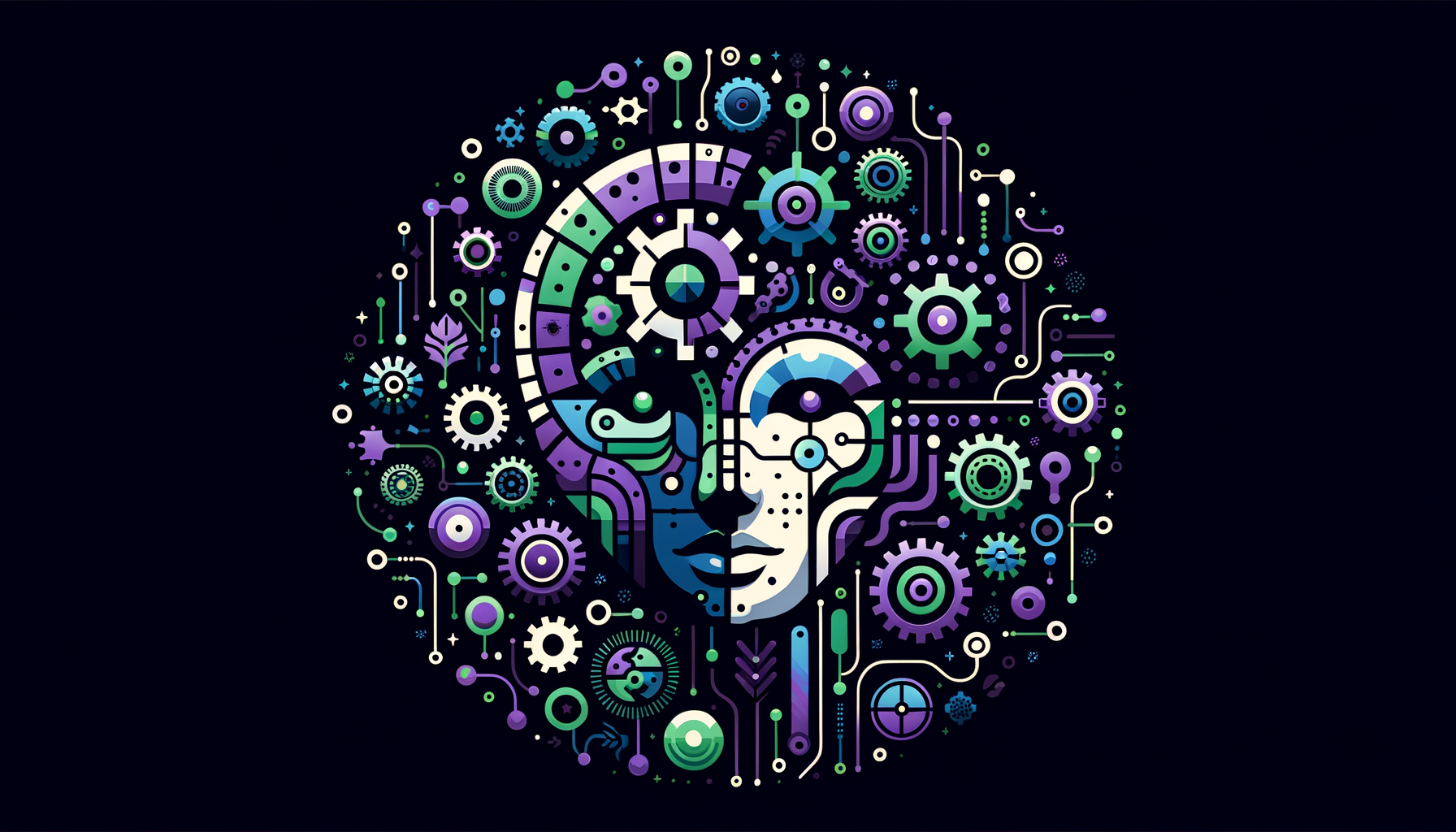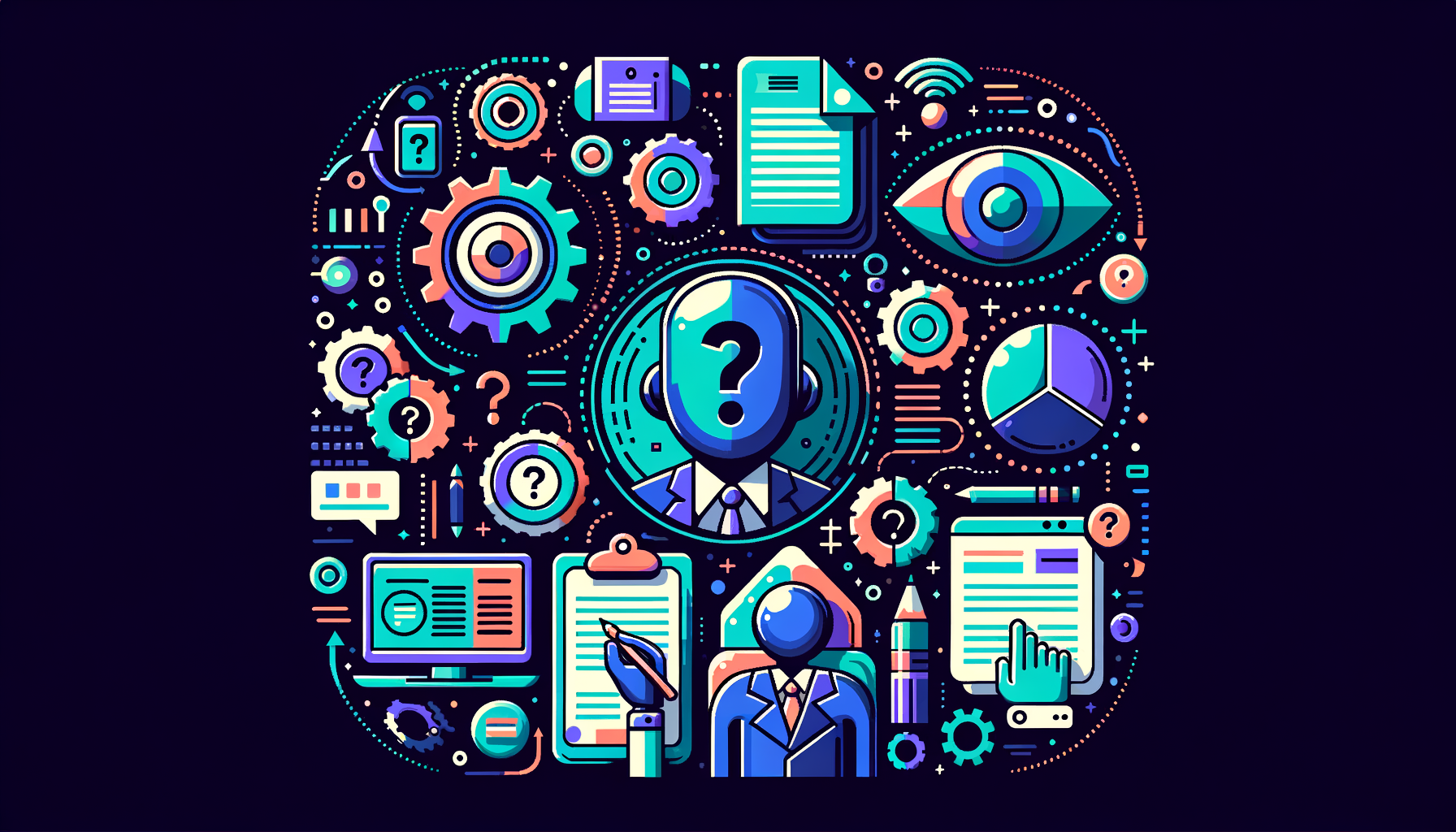The Battle against AI-generated Plagiarism: A Decisive Moment for Cybersecurity and Education
As the world of technology and artificial intelligence (AI) continues to advance and integrate itself into everyday life, an unexpected side effect has begun to emerge in the world of education. According to reports, a growing number of students are resorting to AI-generated content for their academic assignments and papers, posing a new and unique challenge for educators, technology firms, and cybersecurity industries worldwide.
A New Challenge on the Block: AI-Generated Plagiarism
The increasingly prevalent use of AI for producing academic content raises a plethora of ethical considerations and cybersecurity concerns. The software capable of generating such content can easily be found and procured by students, making the detection of AI-generated plagiarism – a new term coined for this phenomenon – a complex task for academic institutions.
One of the most significant contributors to this trend is generators powered by GPT-3, a language prediction model developed by OpenAI, which uses machine learning to produce human-like text. The technology is designed to respond to a given prompt, creating text that demonstrates a thorough understanding of the topic, complete with sound grammar and logical flow [source].
The Implications and Threats of AI-Generated Plagiarism
As with any form of plagiarism, AI-generated content undermines academic integrity. It contravenes the purpose of assignments, which is to facilitate learning by encouraging students to think critically, research thoroughly, and articulate their ideas. With the advent of AI-generated plagiarism, students can bypass the learning process while achieving high grades, thus making a mockery of the education system.
Such ‘cheating’ methods also circumvent plagiarism detection software. Traditional software checks for copied content from the internet, previously submitted works, and academic publications. However, AI-generated content does not fall into these categories, rendering current plagiarism detection tools ineffective.
Moreover, the threats of AI-generated plagiarism extend beyond academia. If artificial intelligence can generate academic content indistinguishable from human-produced content, it stands to reason that AI can also produce other types of content such as fake news, deepfake videos or other misleading information. This potential misuse of advanced technology has serious implications for cybersecurity, creating an additional dimension to the challenge faced by cybersecurity professionals and tech companies.
Turnitin’s Attempt to Tackle the Challenge
The growing trend of AI-generated plagiarism has prompted a response from companies disrupting the educational technology (EdTech) sector. Turnitin, a leading plagiarism detection company, has deployed AI in their counter-efforts, using machine learning to detect AI-generated work. The engagement in this type of detection is a landmark moment, demonstrating the increased necessity for advanced cybersecurity measures in dealing with the AI plagiarism issue.
A Deeper Look at the Cybersecurity Challenge
Cybersecurity industries are not strangers to the challenges AI poses. AI has been a double-edged sword, providing both benefits and risks in the cybersecurity landscape. Implementing AI has improved the identification and mitigation of threats, yet it has also opened new avenues for cybercriminals to exploit. The AI-generated plagiarism is the latest addition to these challenges.
AI and Cybersecurity: An Adjusting Balance
AI has revolutionized many domains, and the cybersecurity realm is no exception. AI’s utility in threat detection and response has made it a valuable tool for cybersecurity efforts. However, the rise of AI-generated plagiarism underlines the cyber threats posed by advanced technology. Cybersecurity experts need to stay ahead of the curve, combating the misuse of AI technology through innovative cybersecurity solutions.
Fighting Fire with Fire: The Role of AI in Resolving Its Own Problems
To help overcome the challenges posed by AI-generated plagiarism, technology companies such as Turnitin have begun utilizing AI’s capabilities in their counter-efforts.
A promising avenue is the development of AI models that can distinguish between human writing and machine-generated text. This approach, which includes techniques such as stylometry – the statistical analysis of literary style – has shown potential in detecting AI-written content. By feeding these AI models with a variety of writing styles, they can learn to identify the ‘fingerprint’ of AI-generated content.
A Way Forward for the Academic Institutions and Cybersecurity Firms
The rise of AI-generated plagiarism represents a critical challenge for educational institutions and cybersecurity industries. However, as daunting as this new issue may be, solutions are emerging – through multi-faceted collaboration and innovation in the EdTech and cybersecurity sectors.
- Educational institutions need to be prepared to foster improved academic integrity by giving students a depth of understanding about AI tools and their misuse.
- Cybersecurity firms need to continue innovating to stave off increasingly sophisticated AI misuse. This includes developing advanced detection tools and methods that leverage AI technology.
- Technology companies must remain vigilant about how their AI advancements can be misused, and provide appropriate countermeasures to detect and prevent such abuse.
It is a complex issue that demands our undivided attention. As technology continues to evolve, so will the types and complexities of plagiarism, necessitating further adaptation and innovation from the academic and cybersecurity communities. As we tackle this frontier, HodeiTek stays forefront, ready to help institutions and businesses navigate the convoluted landscape, ensuring that the benefits of AI are leveraged responsibly while minimizing the risks.






